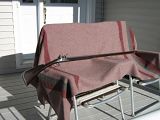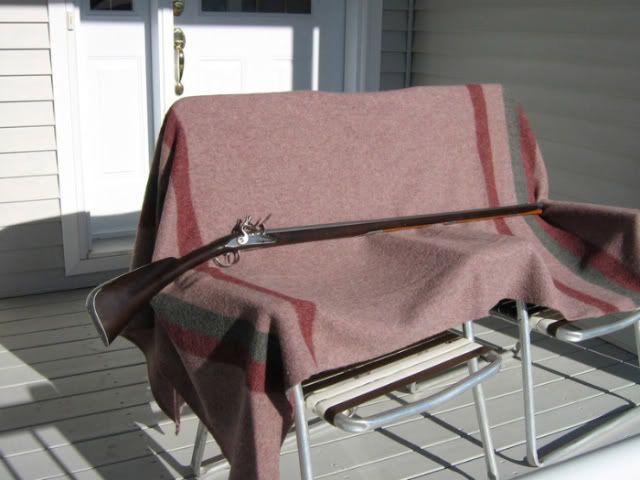Russ T Frizzen
70 Cal.
- Joined
- Nov 9, 2004
- Messages
- 5,009
- Reaction score
- 417
Yes Chuck. What we are talking about here is a piece of the breech about an inch wide and and long. I don't believe this was cut from a burst barrel, but rather was an exploratory dissection of a barrel by someone Leonard knows. The actual quality of the steel was unknown, at least to me, but was very thin considering it was the threaded portion of the breech. The threads start off clean and strong at the very end of the barrel and remain so for a few turns and then begin to fade as they get deeper into the bore. I would think that the threads would hold the breech plug in place for an unknown number of shots. I'd think quite a few. The problem would develop when corrosion ate away enough good threads and the plug blew out.
This is only one gun and I don't know the maker or seller. I don't think Leonard did either. What I would suggest is that any one buying an Indian made gun check the outside dimension of the barrel at the breech. If it seems too small in relation to the bore--particularly on a musket--it might be wise to avoid that specific seller's gun. I would think that the Log Cabin Shop would be the safest place to buy from as they would know to check this sort of thing. MVTC and Loyalist might--I don't know.
Muskets were made in India back in the day as were matchlocks for centuries, some of them quite lovely. It's not that they can't make good, safe guns, it's more that they are being asked to build them to a price, often by people who aren't that knowledgeable about muzzleloaders.
This is only one gun and I don't know the maker or seller. I don't think Leonard did either. What I would suggest is that any one buying an Indian made gun check the outside dimension of the barrel at the breech. If it seems too small in relation to the bore--particularly on a musket--it might be wise to avoid that specific seller's gun. I would think that the Log Cabin Shop would be the safest place to buy from as they would know to check this sort of thing. MVTC and Loyalist might--I don't know.
Muskets were made in India back in the day as were matchlocks for centuries, some of them quite lovely. It's not that they can't make good, safe guns, it's more that they are being asked to build them to a price, often by people who aren't that knowledgeable about muzzleloaders.











